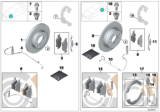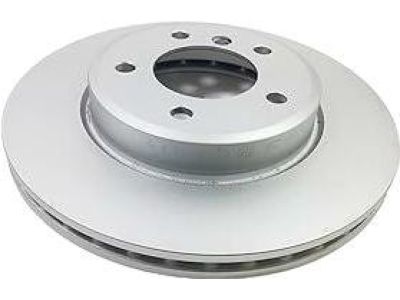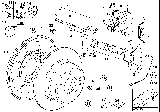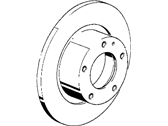×
- Hello
- Login or Register
- Quick Links
- Live Chat
- Track Order
- Parts Availability
- RMA
- Help Center
- Contact Us
- Shop for
- BMW Parts
- BMW Accessories

My Garage
My Account
Cart
Genuine BMW Z3 Brake Disc
Disc Rotor- Select Vehicle by Model
- Select Vehicle by VIN
Select Vehicle by Model
orSeries
Model
Year
Select Vehicle by VIN
For the most accurate results, select vehicle by your VIN (Vehicle Identification Number).
7 Brake Discs found

BMW Z3 Brake Disc, Ventilated
Part Number: 34116864058$183.18 MSRP: $235.61You Save: $52.43 (23%)Ships in 1-3 Business DaysBMW Z3 Brake Disc, Ventilated
Part Number: 34116864060$141.20 MSRP: $181.61You Save: $40.41 (23%)Ships in 1-3 Business DaysBMW Z3 Rear Brake Disc
Part Number: 34216794298$83.92 MSRP: $114.84You Save: $30.92 (27%)Ships in 1-3 Business DaysBMW Z3 Brake Disc
Part Number: 34116757750$10.04 MSRP: $140.33You Save: $130.29 (93%)Ships in 1-2 Business DaysBMW Z3 Brake Disc, Ventilated
Part Number: 34116855153$141.20 MSRP: $181.61You Save: $40.41 (23%)Ships in 1-3 Business DaysBMW Z3 Brake Disc, Ventilated
Part Number: 34116855152$183.18 MSRP: $235.61You Save: $52.43 (23%)Ships in 1-3 Business DaysBMW Z3 Brake Disc
Part Number: 34116757751$110.96 MSRP: $140.33You Save: $29.37 (21%)Ships in 1-3 Business Days
BMW Z3 Brake Disc
If you are looking for OEM BMW Z3 Brake Disc, we highly recommend to shop with us. Not only do we offer budget friendly prices, but we also provide fast delivery. In addition, we have a hassle-free return policy on all genuine BMW Z3 Brake Disc that come backed by the manufacturer's warranty.
BMW Z3 Brake Disc Parts Questions & Experts Answers
- Q: Are the brake rotors directional and do they differ from side to side on BMW Z3?A:The brake discs on M3 models are directional and differ from side to side, with the left side disc part number ending in an odd number and the right side disc part number ending in an even number. Begin by blocking the front wheels and loosening the rear wheel bolts by 1.4 turns. Raise and support the rear of the vehicle, then remove the rear wheels without loosening or disconnecting the Brake Caliper fluid hose; support the caliper assembly with mechanic's wire to prevent damage. Remove the brake caliper and the brake caliper bracket. Use a 6mm hex socket to remove the special, shouldered recessed hex fastener, applying penetrating lubricant if it is corroded. To remove a seized brake disc, loosen the retaining bolt about 3 turns, spray lubricant around the disc-to-hub seam, and install two wheel bolts approximately 10 turns, then rap sharply on the disc's flat surface without contacting the machined area. For installation, check the disc and replace if necessary, ensuring any protective coatings are removed from a new disc. Clean the hub and brake disc surfaces, applying a light coat of anti-seizing compound before installing the disc and tightening the retaining fastener to 12 ft.lbs. (16 Nm). Adjust the parking brake as needed, then reinstall the wheels, hand tightening the lug bolts. Lower the vehicle until the tires contact the surface and torque the lug bolts in a crisscross pattern to 66-81 ft.lbs. (90-110 Nm). Finally, burnish the discs by making 5 full stops from 30 mph (50 km/h), allowing the brakes to cool, followed by 5 additional stops from the same speed to ensure full braking efficiency. The rear brake disc inspection follows the same procedures as the front brake disc.


















